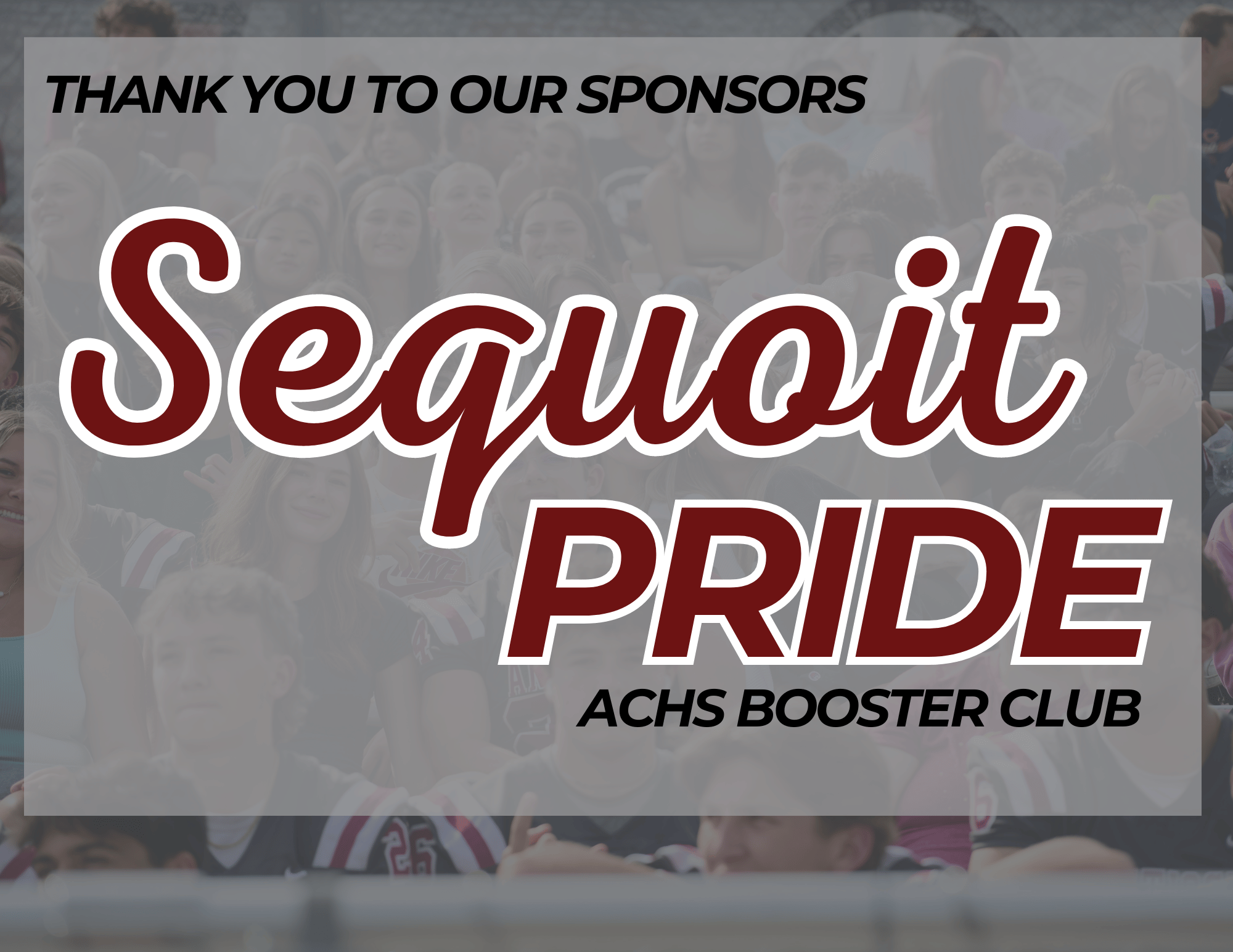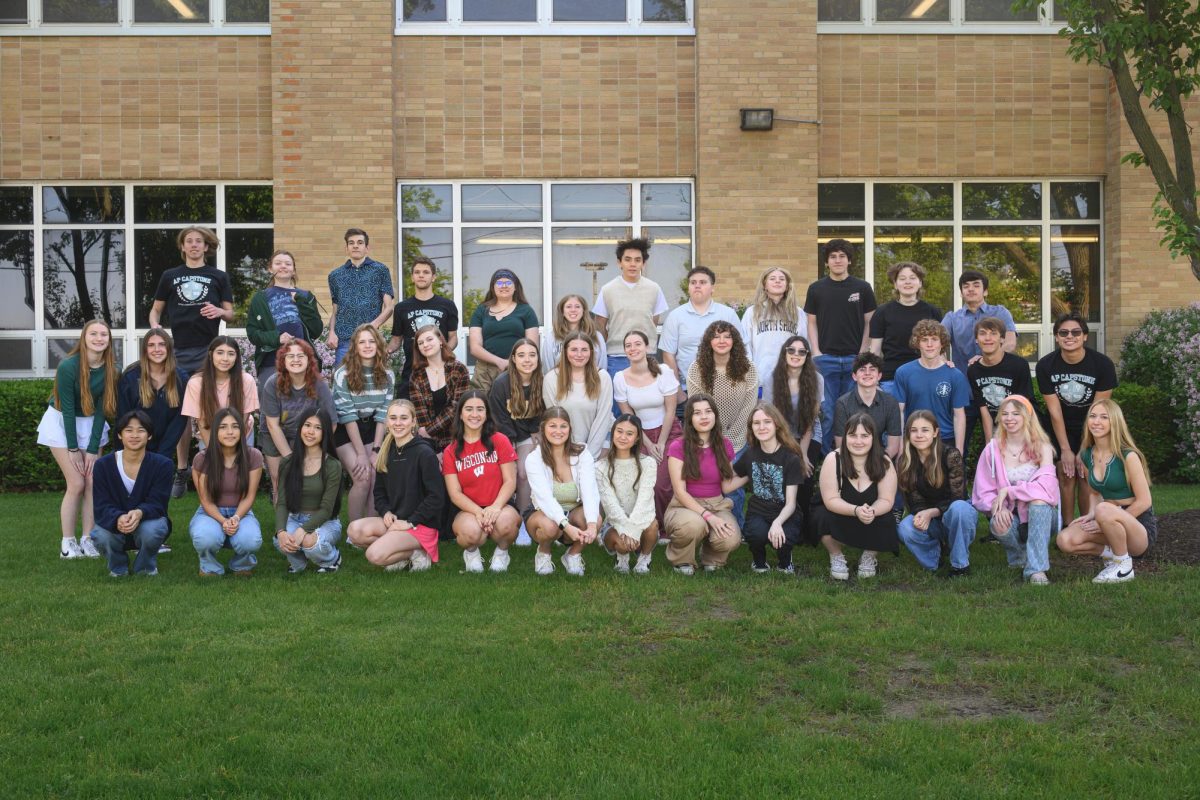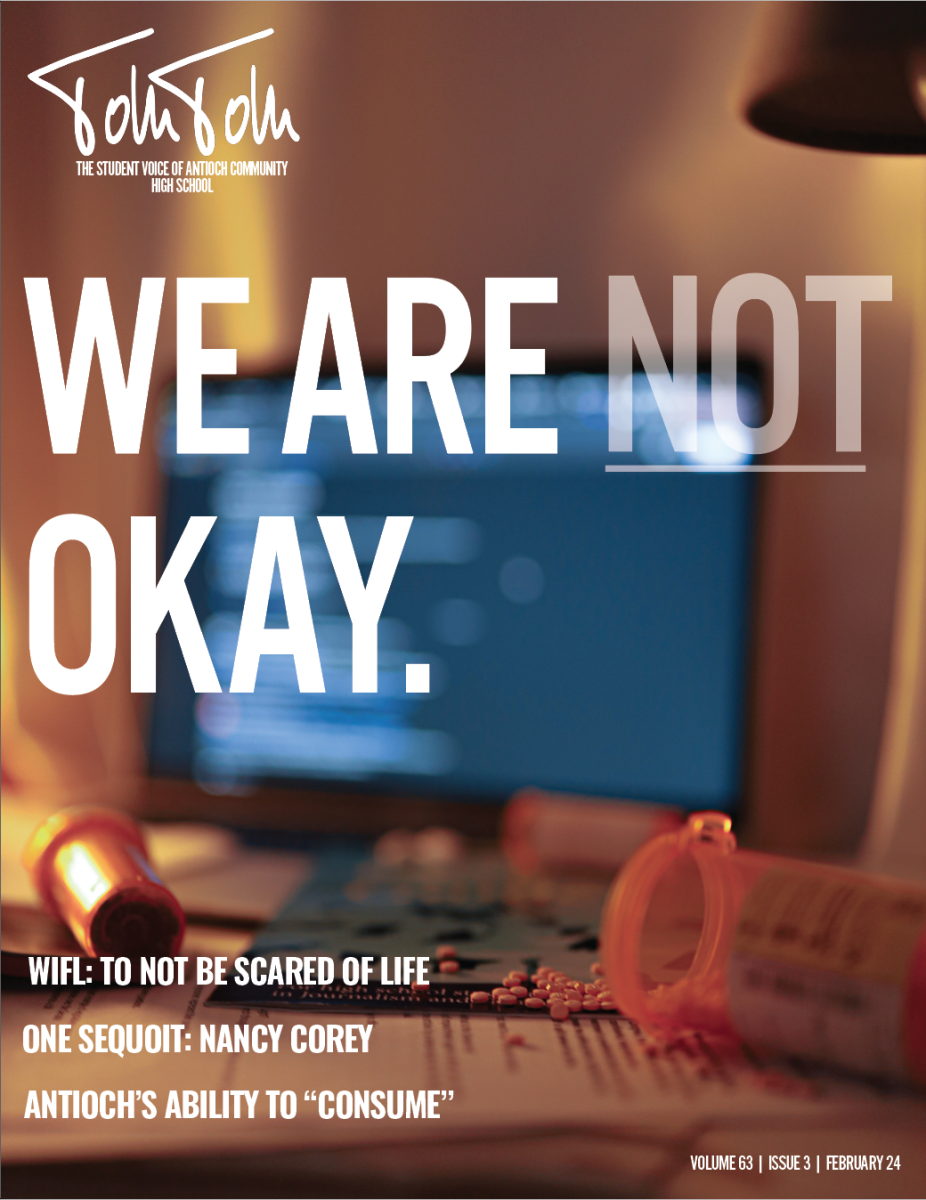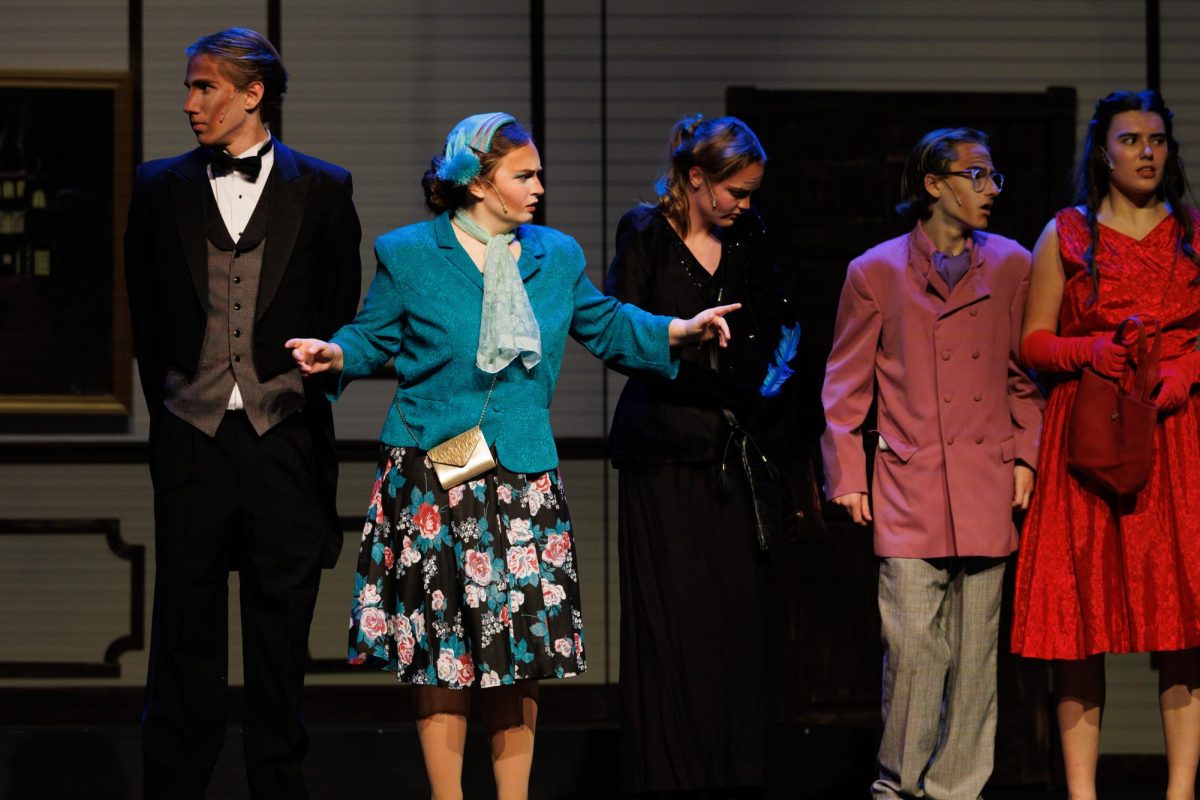A glance at nearly every recent environmental news headline will reveal that the climate change problem is out of control. According to the National Centers for Environmental Information, 2022 was the sixth hottest year since global recording began in 1880 with an average temperature of 58.55°F. Considering the recent severity of climate change it is important to ask “What is Antioch Community High School doing?” Well, not enough.
ACHS does make an effort towards combating climate change. According to assistant principal Scott Leverentz, ACHS has made a significant number of environmentally-minded infrastructural improvements. For example, the maintenance shed, located to the left of the ACHS football field bleachers, received an APEX (most efficient building) award from the Great Lakes Construction Association for its environmentally friendly heating, lighting and construction materials.
In addition to this, ACHS has made a variety of small-scale environmental improvements. Some of these include changing the parking lot lights from halogen bulbs to LED lights (which are much more ecologically-friendly), making the hallway and bathroom lights motion-activated to conserve energy, replacing parts of the roof to conserve heat and even improving the air circulation as a response to COVID-19. Integrating solar energy into the school has been discussed, but is still under debate.
Unfortunately, while ACHS does have several notable environmentally-conscious features, it also has a huge carbon footprint. Sophomore Lily Eberhardt discussed some of the negative contributors to the environment at ACHS.
“The buses emit a lot of toxic gas,” Eberhart said. “And for lunch, we use a lot of plastic plates and plastic utensils, throwing away a lot of garbage every day.”
Another carbon footprint contributor at ACHS is a large amount of waste produced by the school, which is rarely recycled. The reason ACHS does not currently recycle is that its recycling bins are often abused and filled with non-recyclable trash. In a perfect world, ACHS would be able to afford the staffing to sort through our recycling bins and remove any non-recyclable trash. Unfortunately, a lack of extra funding is the very reason ACHS does not make a larger attempt to combat climate change.
“We are a publicly funded organization…tax dollars are how we’re funded,” Leverentz said. “Taxpayers don’t want their dollars going to waste, they want to be very careful with how their money is spent, and I think that puts an unfortunate burden on schools to take the cost-effective option, which isn’t always the environmentally friendly one.”
The financial mindfulness required by schools to effectively use their funding drives them into the unfortunate position of needing to cut environmental corners to meet the needs of students.
“I think if the school can begin to acquire adequate funding, anything can be possible,” Sophomore Caleb Kwasiborski said. “I have seen a middle school covered in solar panels and I think that would be a great next step. Small things such as healthier food and electric school buses are all other options the school has. The options are definitely there, it’s just a matter of having enough money to complete a change or to even begin it.”
While an increase in funding large enough to purchase electric buses is nearly impossible, it is a goal for the future. Perhaps one-day, ACHS will have an all-but-nonexistent carbon footprint.















